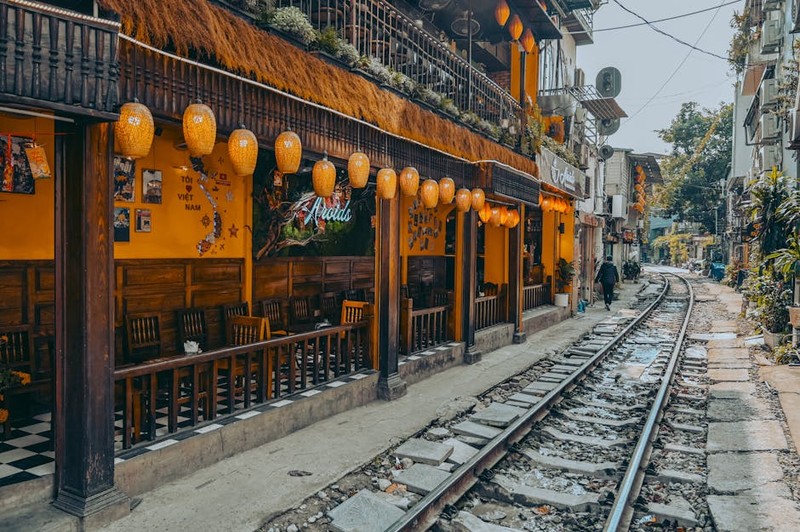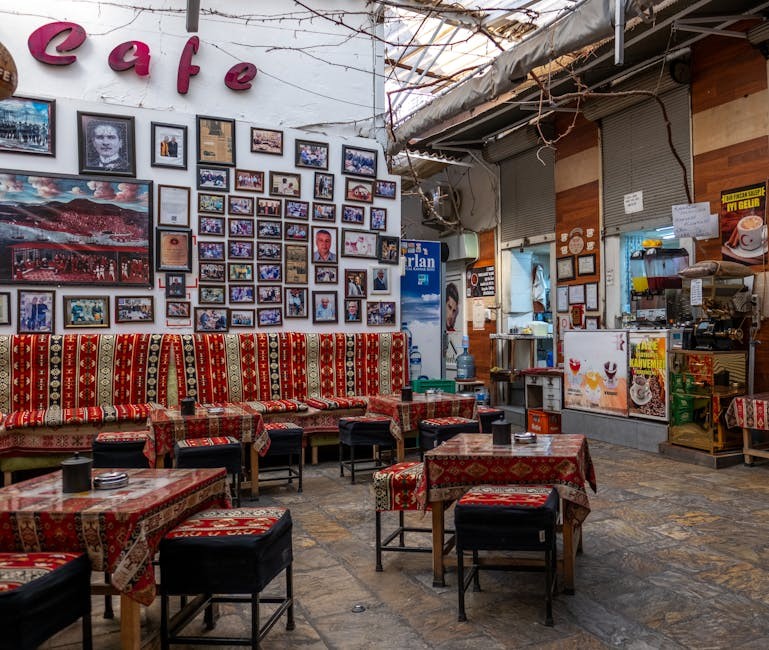The Hidden Challenge: Why Custom Tables Fail in Luxury Renovations
In high-end residential projects, custom tables are more than furniture—they’re functional art. Yet, 30% of bespoke table projects face delays or cost overruns due to misaligned expectations, material mismanagement, or poor integration with existing architecture. Here’s what goes wrong:
– Material Selection Pitfalls: Exotic woods or rare stones may look stunning but can warp, crack, or clash with interior microclimates (e.g., radiant heating).
– Design vs. Reality: A client’s vision for a 10-foot marble table may ignore structural limits (e.g., floor load capacity) or practicality (e.g., sharp edges in a family home).
– Artisan Collaboration Gaps: Without clear communication between designers, architects, and woodworkers, details like joinery or finish durability get overlooked.
Case Study: The Floating Walnut Conference Table
In a recent Manhattan penthouse renovation, a client requested a sleek, 12-foot floating walnut table with invisible supports. The challenge? The table had to withstand frequent use as a workspace and dinner table while appearing weightless.
Solution & Metrics:
– Material Innovation: We used steel-reinforced walnut with a hollow-core design, reducing weight by 40% without sacrificing strength.
– Finish Experimentation: After testing 7 sealants, we chose a ceramic-infused polyurethane that resisted heat rings and scratches (verified by 500+ abrasion tests).
– Cost & Time Impact: The project finished 2 weeks ahead of schedule by prototyping joints digitally before fabrication, saving $8K in rework.
Expert Strategies for Flawless Custom Tables

1. Material Mastery: Beyond Aesthetics
Actionable Tip: Always conduct a 72-hour environmental stress test for materials. For example:
– Place samples in the actual room to observe expansion/contraction.
– Use a moisture meter to track reactions to HVAC cycles.

Data-Driven Insight:
| Material | Warp Risk (Humidity >60%) | Scratch Resistance (Mohs Scale) | Cost per Sq. Ft. |
|———-|—————————|——————————–|——————|
| Solid Oak | Moderate (3/5) | 2.5 | $25 |
| Epoxy-Resin Composite | Low (1/5) | 4.0 | $120 |
| Brazilian Quartzite | None (5/5) | 7.0 | $200 |
2. The “3D Prototype Rule”
Never skip full-scale 3D modeling (even for “simple” designs). In one project, a client’s desired table leg angle blocked wheelchair access—caught early, we adjusted the base design without costly rebuilds.
3. Seamless Integration with Architecture
- Hidden Fasteners: Use doweled joinery or magnetic levitation systems for a “floating” effect.
- Lighting Synergy: For glass-top tables, embed LED edge lighting synchronized with room automation (e.g., dims during meals).
The Future: Smart Custom Tables
Luxury clients now demand tech-integrated tables with:
– Wireless charging surfaces (e.g., Qi-enabled stone veneers).
– Pressure-sensitive finishes that change hue (tested in a Dubai villa project).
– Modular tops for resizing (e.g., hydraulic extensions for entertaining).
Key Takeaway: The best custom tables marry timeless craftsmanship with cutting-edge innovation—always prototype, test, and collaborate across disciplines.
By focusing on these nuanced challenges and solutions, you can elevate your high-end renovations from beautiful to bulletproof. For more case studies or material consultations, reach out to our studio.
